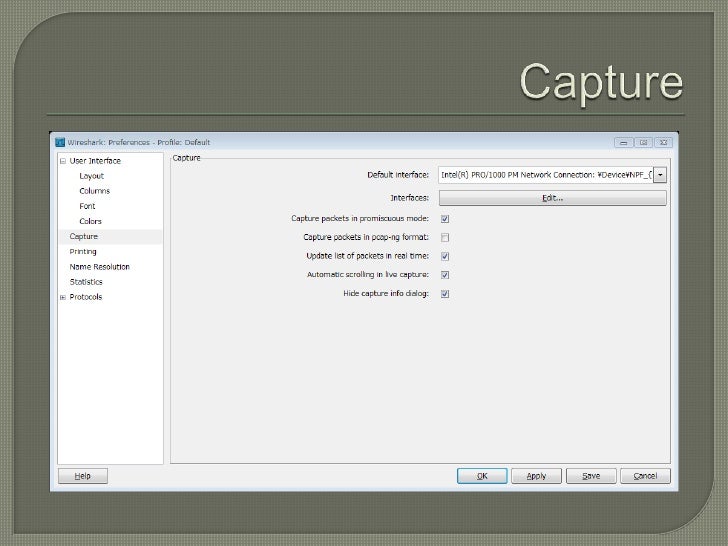
Wireshark windows 2008 keygen#


Remember the network traffic log, help to trace the hackers.īelow we will look at the most popular and effective packet sniffer programs. Detecting network intrusion to find hackers / crackers. Demonstrate analysis to detect the "bottlenecks" of the network. Analysis of defects to detect network problems, such as why computer A cannot talk to computer B. Convert data into readable format so that people can read traffic. Automatically select passwords and usernames from the network. Some typical functions of Packet Sniffer program : Packet Sniffer is actually an eavesdropping device that is plugged into a computer on the network and eavesdrop on the traffic on that network. With working in " promiscuos " mode, we have allowed to capture any frame transmitted on the network even if it is not for that NIC. If not working in that mode, the NIC normally works in "filter" mode, which ignores all traffic that does not belong to it. The reason for using Packet Sniffer is to configure the NIC to work in a mode called " promiscous ". A.2.3.Packet Sniffer is often used to analyze network traffic. using RADIUS to filter SMTP traffic of a specific user 12.5.4. Separating requests from multiple users 12.5. Getting DNS and HTTP together into a Gog 12.4.4. Tektronix K12xx/15 RF5 protocols Table 11.20. SNMP Enterprise Specific Trap Types 11.18. The “Enabled Protocols” dialog box 11.4.2. Start Wireshark from the command line 11.3. VoIP Processing Performance and Related Limits 9.3. The “SMB2 Service Response Time Statistics” Window 8.10. The “Capture File Properties” Dialog 8.3. TCP/UDP Port Name Resolution (Transport Layer) 7.9.5. IP Name Resolution (Network Layer) 7.9.4. Ethernet Name Resolution (MAC Layer) 7.9.3. “Expert” Packet List Column (Optional) 7.5. Time Display Formats And Time References 6.12.1. The “Go to Corresponding Packet” Command 6.9.5. The “Display Filter Expression” Dialog Box 6.6. Some protocol names can be ambiguous 6.5. Building Display Filter Expressions 6.4.1. Pop-up Menu Of The “Packet Diagram” Pane 6.3. Pop-up Menu Of The “Packet Bytes” Pane 6.2.5. Pop-up Menu Of The “Packet Details” Pane 6.2.4. Pop-up Menu Of The “Packet List” Pane 6.2.3. Pop-up Menu Of The “Packet List” Column Header 6.2.2. The “Export TLS Session Keys…” Dialog Box 5.7.7. The “Export PDUs to File…” Dialog Box 5.7.5. The “Export Selected Packet Bytes” Dialog Box 5.7.4. The “Export Packet Dissections” Dialog Box 5.7.3.

The “Export Specified Packets” Dialog Box 5.7.2. The “Import From Hex Dump” Dialog Box 5.5.4. The “Merge With Capture File” Dialog Box 5.5. The “Save Capture File As” Dialog Box 5.3.2. The “Open Capture File” Dialog Box 5.2.2. The “Compiled Filter Output” Dialog Box 4.8. The “Capture” Section Of The Welcome Screen 4.5. Building from source under UNIX or Linux 2.8. Installing from packages under FreeBSD 2.7. Installing from portage under Gentoo Linux 2.6.4. Installing from debs under Debian, Ubuntu and other Debian derivatives 2.6.3. Installing from RPMs under Red Hat and alike 2.6.2. Installing the binaries under UNIX 2.6.1. Windows installer command line options 2.3.6. Installing Wireshark under Windows 2.3.1. Obtaining the source and binary distributions 2.3. Reporting Crashes on Windows platforms 2. Reporting Crashes on UNIX/Linux platforms 1.6.8. Reporting Problems And Getting Help 1.6.1. Development And Maintenance Of Wireshark 1.6. Export files for many other capture programs 1.1.6. Import files from many other capture programs 1.1.5. Live capture from many different network media 1.1.4.

Providing feedback about this document 7. Where to get the latest copy of this document? 6.


 0 kommentar(er)
0 kommentar(er)
